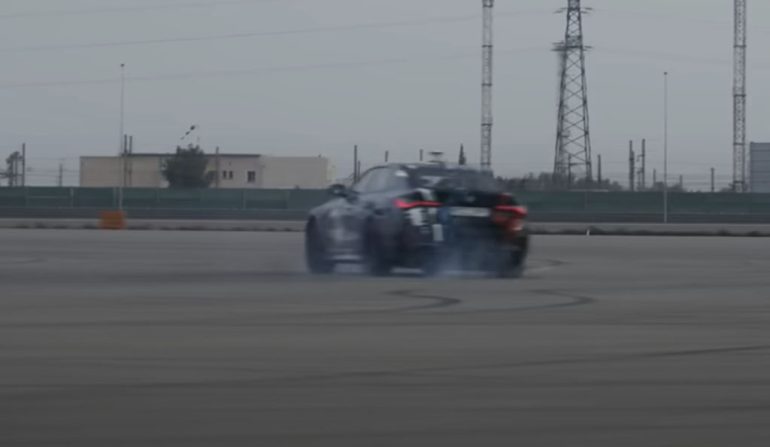
BMW M is taking a bold leap into the electric era, and they’re not tiptoeing into it. Their game plan revolves around quad-motor EVs designed to push the limits of performance and redefine driving dynamics. The mission? To prove that electrification can be just as thrilling as the roaring combustion engines that enthusiasts hold dear.
In a recent video, BMW M pulls back the curtain on the development of these electrified marvels. The spotlight is on a test vehicle engineered to showcase the raw potential of a new generation of electric M cars. The stakes are high—this prototype needs to wow BMW’s leadership enough to keep the project charging forward.
Also, don’t forget that you can get discounted new car pricing with a free quote through qualified local dealer partners.
Electrifying a brand rooted in speed and connection to the road isn’t an easy feat. BMW M isn’t just swapping fuel tanks for battery packs. It’s rethinking the entire essence of what makes their cars engaging to drive. That transition from analog to digital is daunting because it impacts how the car feels, responds, and ultimately connects with the driver.
A key element in BMW’s strategy is a revolutionary control unit. Unlike the current practice of using separate computers for managing engine, steering, suspension, and traction, BMW M is rolling all those systems into one ultra-advanced brain. According to BMW M CEO Franciscus van Meel, this unified approach creates a precision and responsiveness that goes beyond anything they’ve achieved before. “It gives you a very special feeling,” van Meel says, explaining how this new tech aims to make EVs feel just as engaging as traditional M cars.

The test car in the video is a reinforced i4 equipped with custom subframes to handle its four electric motors. Each motor delivers power to one wheel, giving engineers the ability to fine-tune torque distribution in ways that simply aren’t possible with combustion engines. But the process hasn’t been without challenges. The video captures the team grappling with a failed climate control compressor—proof that the road to innovation is rarely smooth.

Although BMW remains tight-lipped about exact figures, the potential power of this setup is staggering. Their existing dual-motor EVs already produce up to 610 horsepower, and adding two more motors could push output into four-digit territory. Some estimates suggest the test car might boast as much as 1,341 horsepower, a figure that borders on supercar territory.
What’s truly exciting about the quad-motor design is how it enhances driving dynamics. With precise control over each wheel, BMW can deliver razor-sharp handling and unprecedented cornering ability. It’s not just about adding power; it’s about using that power intelligently, even applying regenerative braking to individual wheels for smoother, more controlled driving.

For die-hard fans of combustion engines, the idea of an electric M car might feel bittersweet. But BMW isn’t abandoning tradition entirely. The iconic M3, for instance, is expected to retain its inline-six engine while sharing space with these electrified newcomers.
BMW M’s journey into electric performance represents a fascinating evolution. As they blend cutting-edge technology with decades of racing heritage, it’s clear that the thrill of driving will remain at the heart of everything they do. Whether you’re ready to embrace an electric M or sticking with your gas-powered favorite, this new chapter promises to be an exciting one.